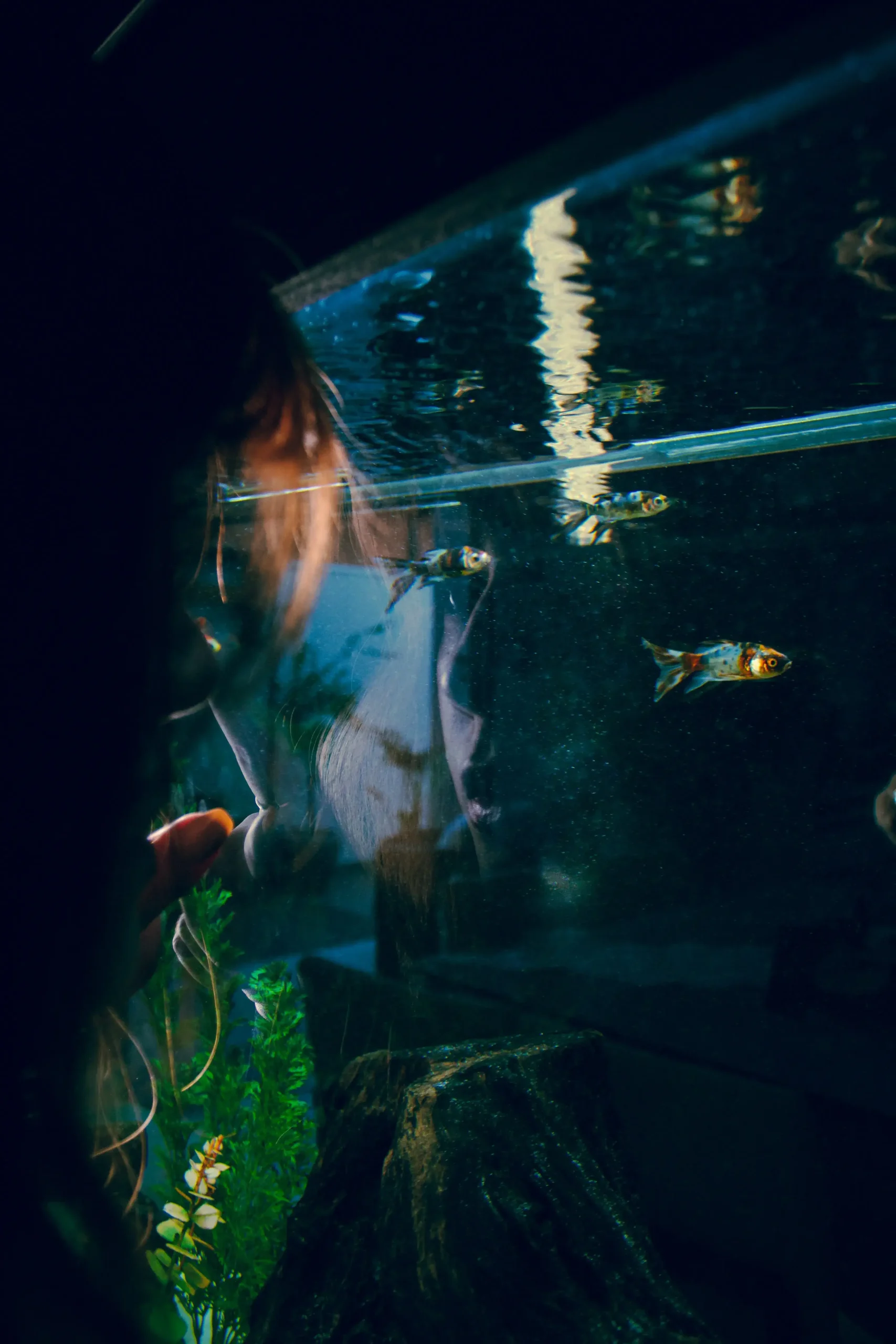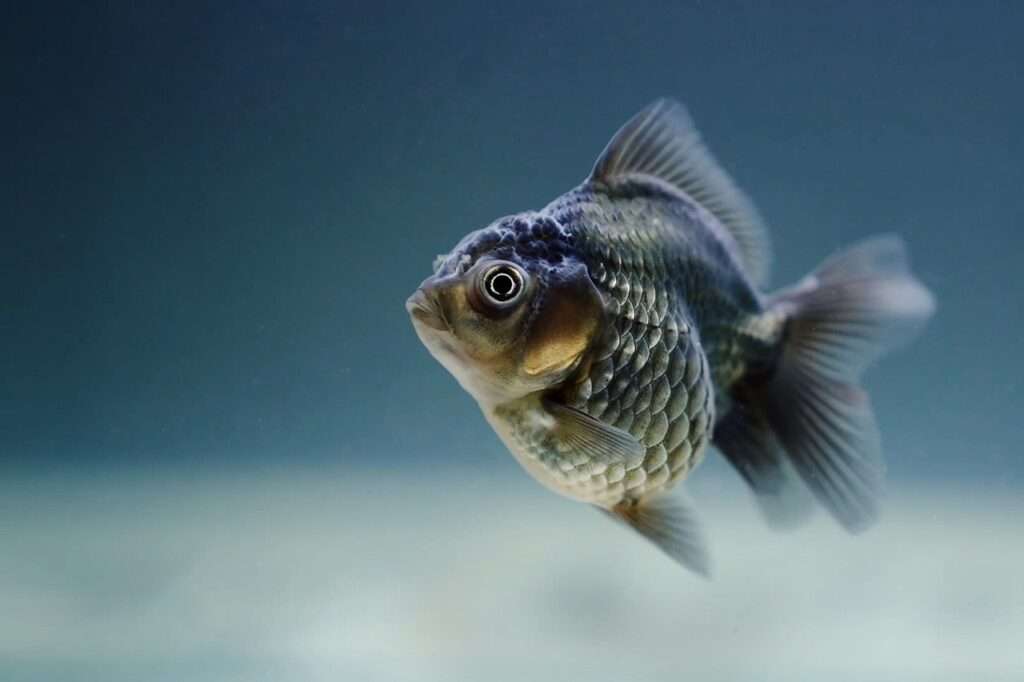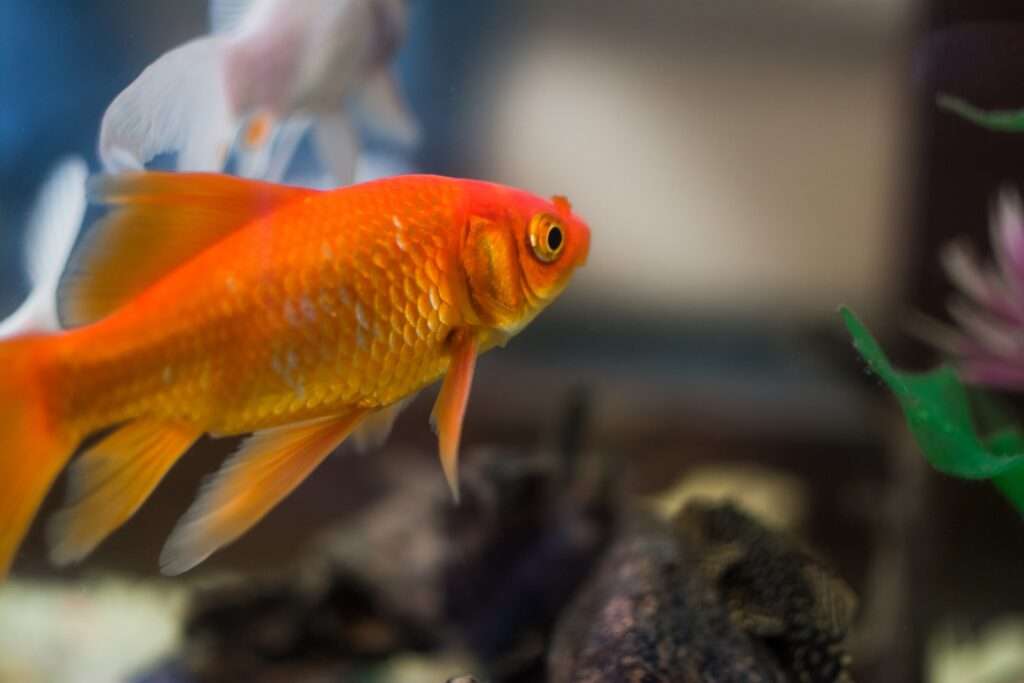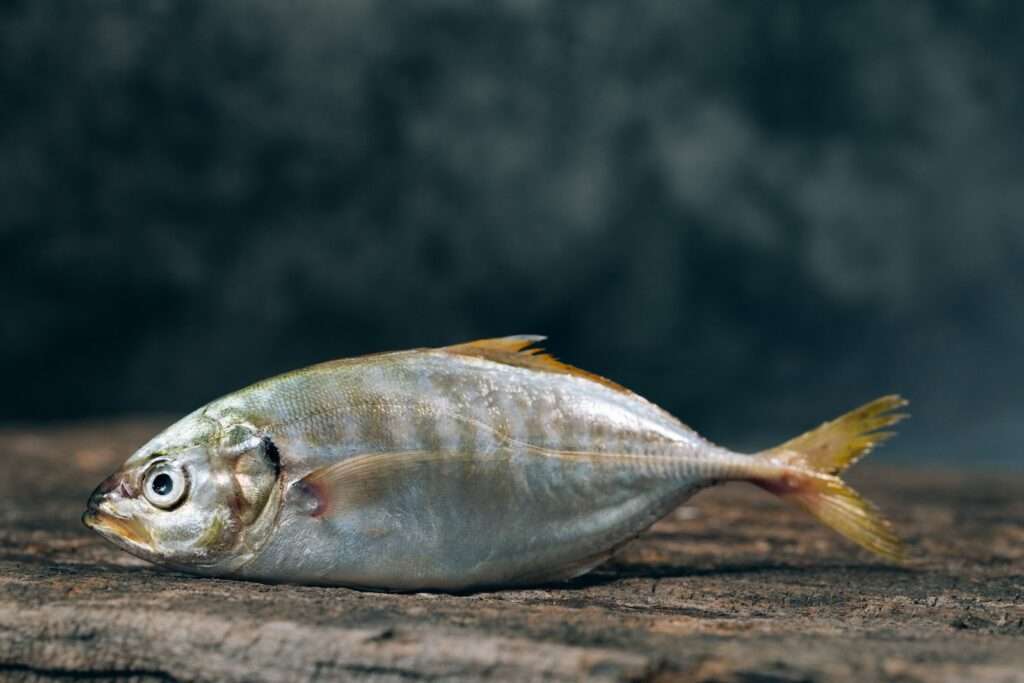Title: Enhancing Fish Health with Live Foods: A Comprehensive Guide
Introduction
Proper nutrition is vital for maintaining the health and well-being of fish. While commercial fish food provides essential nutrients, incorporating live foods into their diet can offer numerous benefits. This comprehensive guide explores the advantages of live foods and provides insights into popular options, preparing and culturing live foods, incorporating them into a fish’s diet, and answering frequently asked questions.
Benefits of Live Foods for Fish Health
Live foods offer a natural and nutrient-rich diet for fish. Unlike processed foods, live foods are closer to what fish would consume in their natural habitats. This diet enhances their growth and development, as the live foods are packed with essential vitamins, minerals, and proteins. Additionally, live foods stimulate the fish’s immune system, making them more resistant to diseases and infections. Moreover, live foods promote natural behaviors, such as hunting and foraging, which can improve their mental and physical well-being. Lastly, the variety and stimulation provided by live foods contribute to a more enriching environment for the fish.
Popular Live Foods for Fish
There are several popular live foods that can be incorporated into a fish’s diet. Daphnia, commonly known as “water fleas,” are rich in essential nutrients and are suitable for a wide range of fish species. Brine shrimp are readily available and highly nutritious, making them a popular choice. Bloodworms are another excellent option, as they are high in protein and essential fatty acids. Grindal worms are ideal for picky eaters, and blackworms are suitable for larger fish species. Vinegar eels, on the other hand, are small and suitable for fry and small species.
Preparing and Culturing Live Foods
Sourcing quality live foods is essential to ensure the health of the fish. It is recommended to obtain live foods from reputable suppliers to avoid introducing parasites or diseases to the tank. Setting up a culture system allows fish owners to cultivate their live foods, ensuring a constant supply. Optimal conditions for live food production include maintaining appropriate water quality, temperature, and feeding regimes. Harvesting techniques should be gentle to ensure the live foods retain their nutritional value. Feeding techniques can vary depending on the fish species, but it’s important to avoid overfeeding to prevent health issues.
Incorporating Live Foods into a Fish’s Diet
Determining the appropriate amount of live food to feed your fish is crucial. Live foods should supplement, not replace, commercial fish food. It’s recommended to strike a balance between live foods and other types of food, such as pellets or frozen foods, to provide a well-rounded diet. Overfeeding live foods can lead to obesity and water quality issues, so it’s important to monitor the fish’s intake. Adjusting the feeding frequency based on the fish species, age, and size is also essential to ensure optimal nutrition.
FAQs: Live Foods and Fish Health
1. Can live foods replace commercial fish food entirely?
Live foods should not replace commercial fish food entirely. They serve as a supplement to provide additional nutrients and enrichment to the fish’s diet.
2. Are all live foods suitable for all fish species?
Not all live foods are suitable for all fish species. Different fish species have varying nutritional requirements, so it’s important to research and choose live foods that meet the specific needs of your fish.
3. Can live foods cause health issues in fish?
While live foods offer numerous benefits, there are potential risks associated with them. Introducing live foods from unreliable sources can introduce parasites or diseases to the tank. Additionally, overfeeding live foods can lead to obesity and poor water quality.
4. How often should live foods be included in a fish’s diet?
The frequency of live food inclusion in a fish’s diet depends on the fish species and their nutritional needs. Generally, it is recommended to feed live foods a few times a week, adjusting the amount based on the fish’s size and appetite.
5. Are there any alternatives to live foods for enhancing fish health?
Yes, there are alternatives to live foods for enhancing fish health. Frozen foods, freeze-dried options, and pellet diets can provide a nutritious and convenient alternative. However, live foods offer unique benefits that these alternatives may not provide.
Conclusion
Incorporating live foods into a fish’s diet offers numerous benefits, including a natural and nutrient-rich diet, enhanced growth and development, improved immune system function, promotion of natural behaviors, and variety and stimulation. By sourcing quality live foods, setting up a culture system, and appropriately incorporating them into a fish’s diet, fish owners can observe the positive impact on their fish’s health and well-being.









